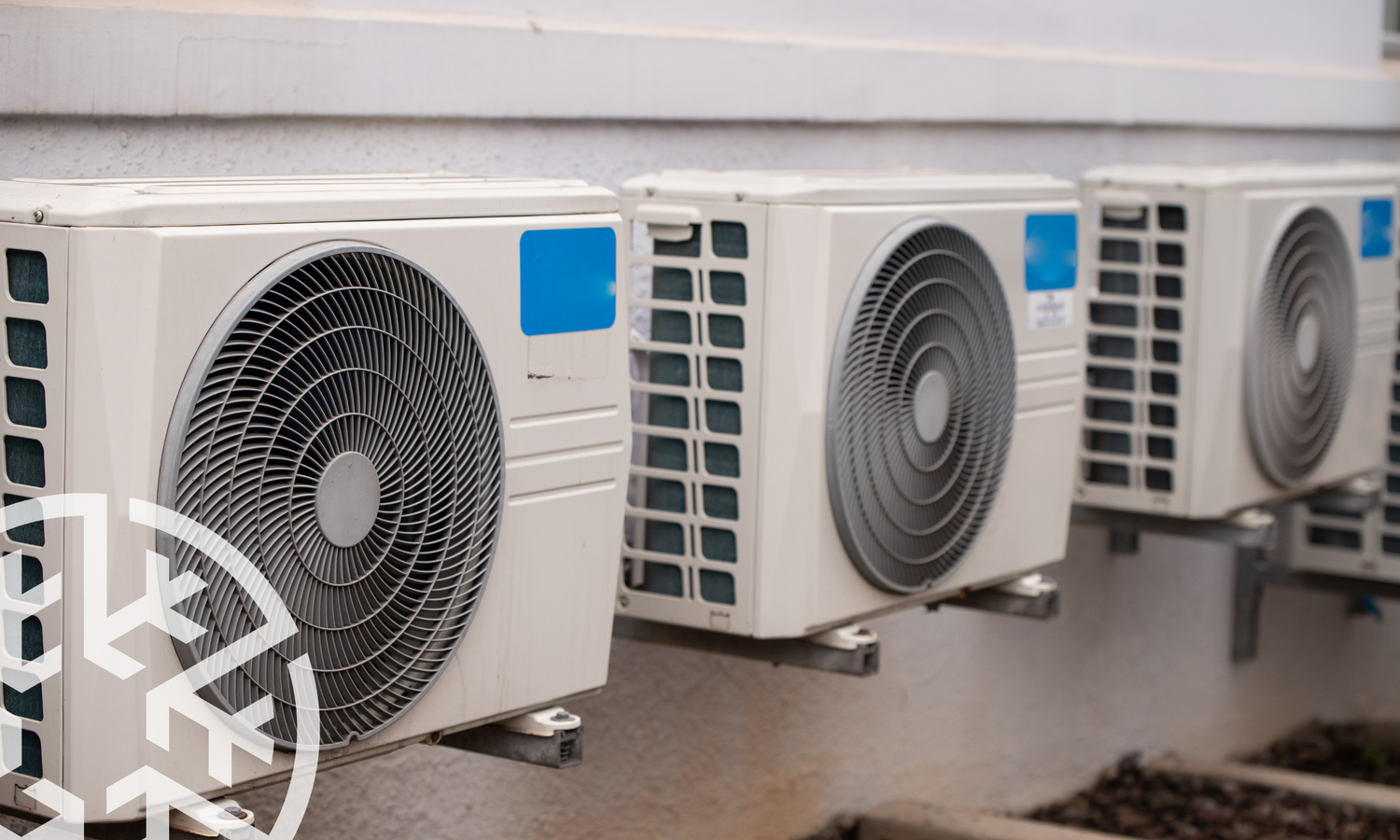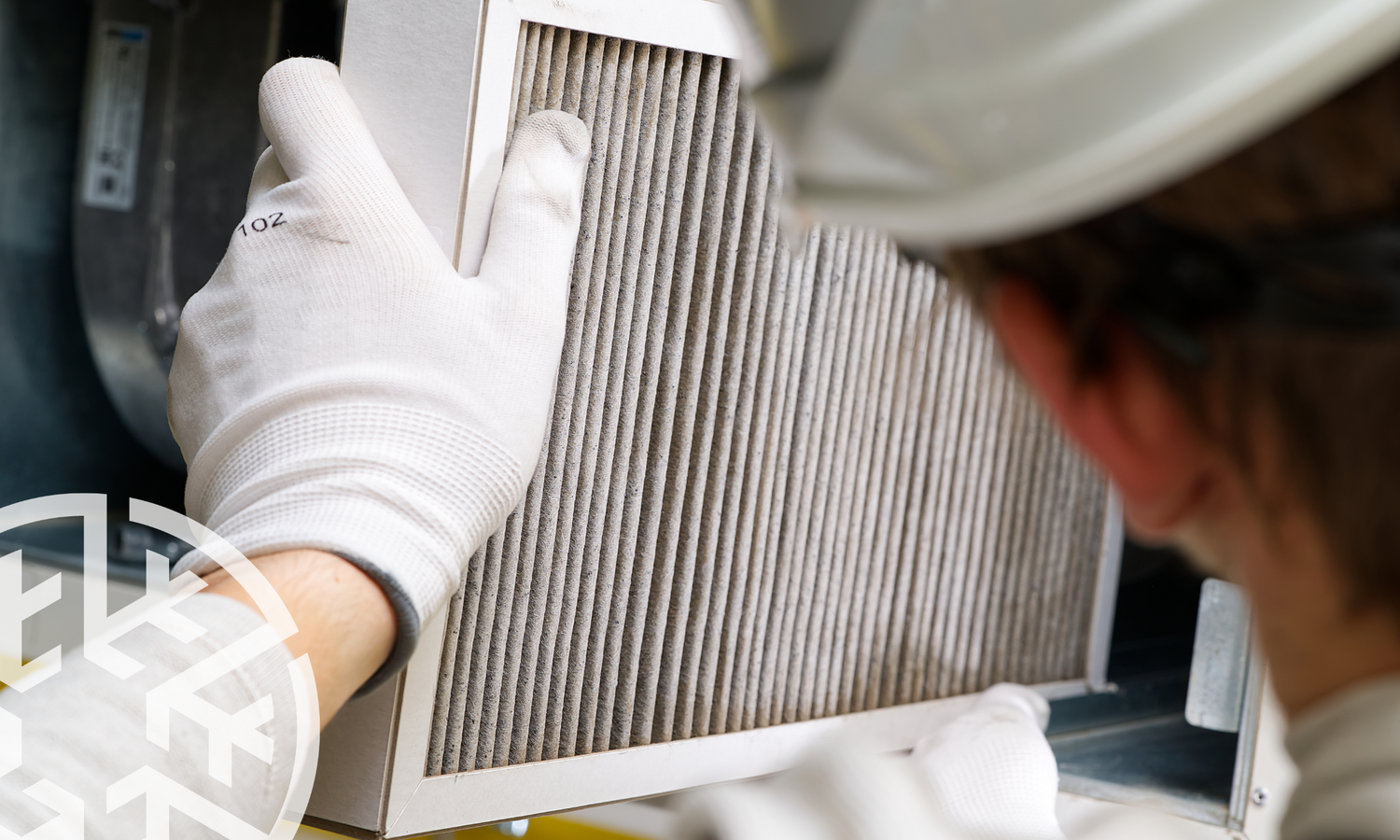nanoe™ destroys the virus particle in pieces
nanoe™ comes in contact with the surface of virus particles, damaging proteins on the cell surface including spike protein that get viruses bound to cells, as well as damaging the envelope.
a. nanoe™ (hydroxyl radicals contained in water) / b. Spike protein / c. Envelope


Progressive degradation of proteins on the virus surface and damage to the envelop expand deformation. The envelope collapses.


Degradation of internal proteins including nucleocapsid proteins and viral genomic RNA. The virus is destroyed in pieces.
d. Nucleocapsid protein / e. Genomic RNA


Which parts does nanoe™ inhibit in the infection pathway of SARS CoV-2?
The mechanism of SARS-CoV-2 infecting the cell.

Virus approaches host cell.

Virus binds to the host cell receptor.

Virus invades in the host cell and replicates.
What happens when nanoe™ exists?

Virus destroyed in pieces by nanoe™ effect.

Virus destroyed in pieces cannot bind with cell.

As no binding, the virus cannot invade into the cell and there is no infection.
By nanoe™, certain viruses became less infectious
nanoe™ does not target specific molecules or structures of viruses, but damages SARS-CoV-2 by acting at multiple steps on the envelope, proteins, and genomic RNA that make up viruses. Viruses damaged by exposure to nanoe™ lose their ability to bind to host cell receptors, thereby becoming less infectious. These series of phenomena are considered to be part of the mechanism of how the SARS-CoV-2 is inactivated by nanoe™.
Inhibits activity of airborne, adheredbacteria1-3) andviruses4-6)
Certain bacteria and viruses are far too small to see
The difference in size between a certain bacteria and viruses is about the same as the difference between apples and sesame seeds.
a. Sesame seeds / b. Human cells / c. Bacteria / d. Viruses / e. Kyoto Tower (height: approx. 100m) / f. Office desk (width: approx. 1m)

The virus survives different periods on different surfaces
Survival period varies depending on surface, from 3 hours to 7 days.

Type of substances vs survival period.
Paper, tissue: 3 hours. / Copper surface*: 4 hours. / Cardboard surface: 24 hours. / Cloth surface: 2 days. / Plastic surface: 3 days. / Glass surface: 4 days. / Banknote surface: 4 days. / Outside of surgical mask: 7 days.
* Copper naturally degrades certain bacteria and viruses.
Survival period differs depending on surface irregularities.
Viruses survive longer on smooth surfaces than on irregular surfaces.
Source: https://www.businessinsider.com/coronavirus-lifespan-on-surfaces-graphic-2020-3
Effects on certain bacteria & viruses

Airborne bacteria.
Staphylococcus aureus 1).
a. Number of airborne bacteria (CFU/100L air) / b. Hours / c. Natural reduction

Airborne viruses.
bacteriophageΦχ174 4).
a. Number of airborne viruses (CFU/100L air) / b. Hours / c. Natural reduction

Adhered bacteria.
99,99% inhibited. O157 2).
a. Survival rate (%) / b. Before testing / c. 1 hour later

Adhered viruses.
99,7% inhibited. Poliovirus type1 (Lsc-2ab) 6).
a. Survival rate (%) / b. Before testing / c. 2 hours later
How nanoe™ X works

nanoe™ X reaches virus.

Hydroxyl radicals denature virus proteins.

Virus activity is inhibited 1 - 6).
1) Airborne bacteria (Staphylococcus aureus). Testing organisation: Kitasato Research Center for Environmental Science. Testing method: The number of bacteria was measured after direct exposure in an approximately 25m³ sized airtight test chamber. Inhibition method: nanoe™ released. Target substance: Airborne bacteria. Test result: Inhibited by at least 99,7% in 4 hours (24_0301_1).
2) Adhered bacteria (O157). Testing organisation: Japan Food Research Laboratories. Testing method: Measured the number of bacteria adhered to a cloth in an approximately 45L sized airtight test chamber. Inhibition method: nanoe™ released. Target substance: Adhered bacteria. Test result: Inhibited by at least 99,99% in 1 hour (208120880_001).
3) Adhered bacteria (MRSA). Testing organisation: Japan Food Research Laboratories. Testing method: Measured the number of bacteria adhered to a cloth in an approximately 45L sized airtight test chamber. Inhibition method: nanoe™ released. Target substance: Adhered bacteria. Test result: Inhibited by at least 99,99% in 1 hour (208120880_002).
4) Airborne viruses (bacteriophageΦχ174). Testing organisation: Kitasato Research Center for Environmental Science. Testing method: The number of viruses was measured after direct exposure in an approximately 25m³ sized airtight test chamber. Inhibition method: nanoe™ released. Target substance: Airborne viruses. Test result: Inhibited by at least 99,7% in 6 hours (24_0300_1).
5) Adhered virus (Influenza virus H1N1 subtype). Testing organisation: Kitasato Research Center for Environmental Science. Testing method: Measured the number of viruses adhered to a cloth in an approximately 1m³ sized airtight test chamber. Inhibition method: nanoe™ released. Target substance: Adhered viruses. Test result: Inhibited by at least 99,9% in 2 hours (21_0084_1).
6) Adhered viruses (Poliovirus type 1(Lsc-2ab)). Testing organisation: Kitasato Research Center for Environmental Science. Testing method: Measured the number of viruses adhered to a cloth in an approximately 45L sized airtight test chamber. Inhibition method: nanoe™ released. Target substance: Adhered viruses. Test result: Inhibited by at least 99,7% in 2 hours (22_0096).
Results may vary based on usage and seasonal and environmental variables (temperature and humidity). nanoe™ X and nanoe™ inhibit activity or growth of pollutants, but do not prevent illness.
Validation and test
Effects have been verified through experiments by universities and research institutes.





